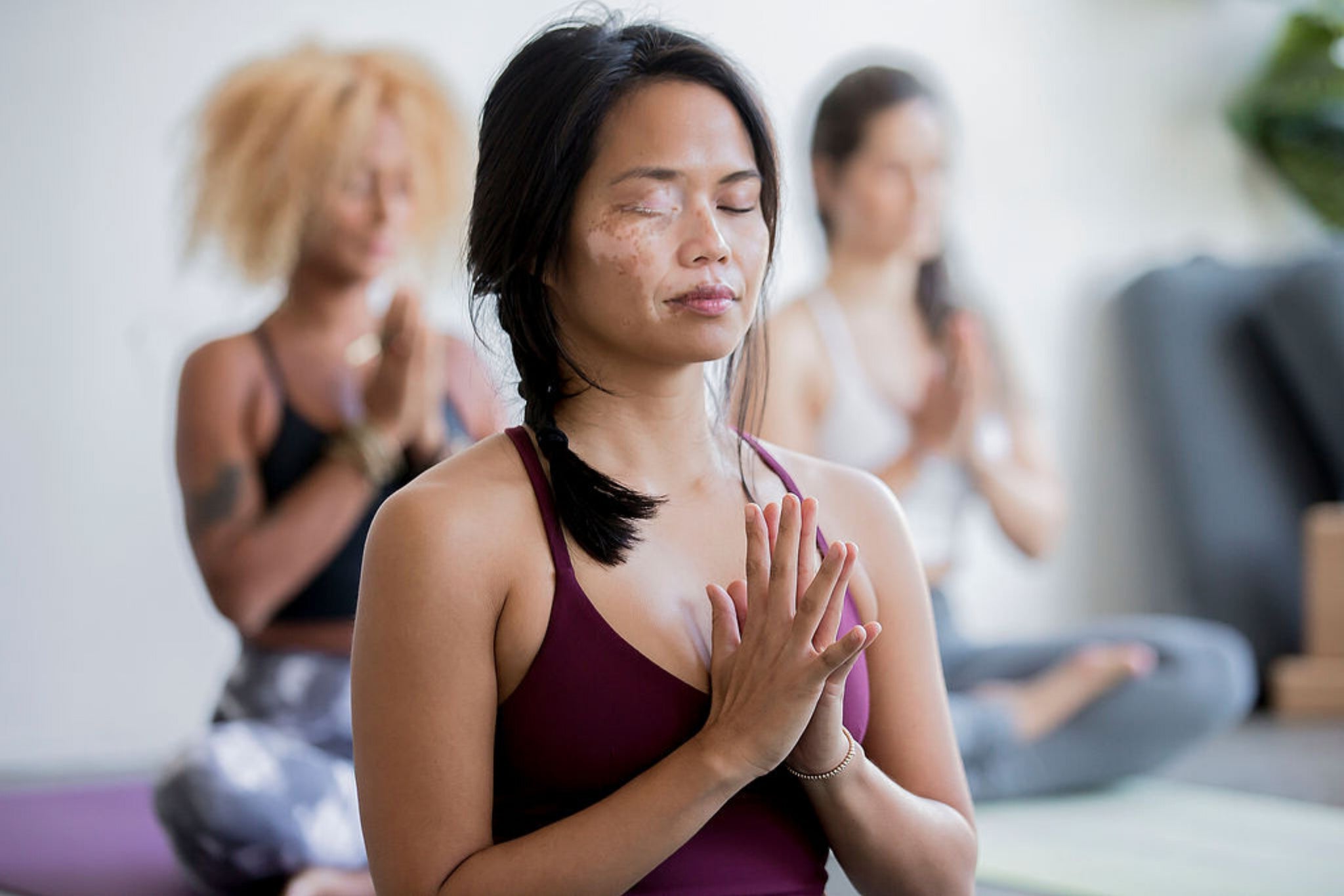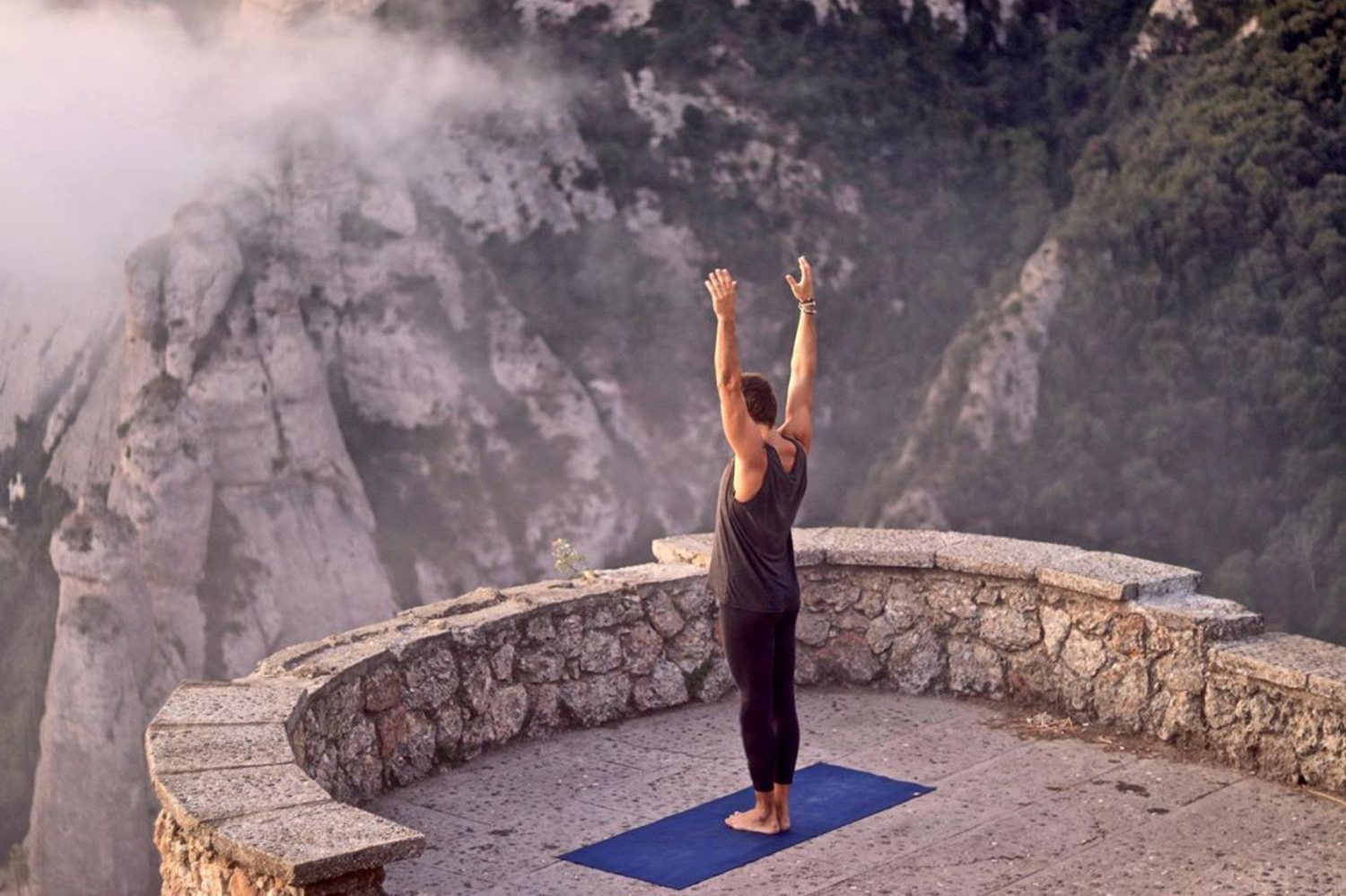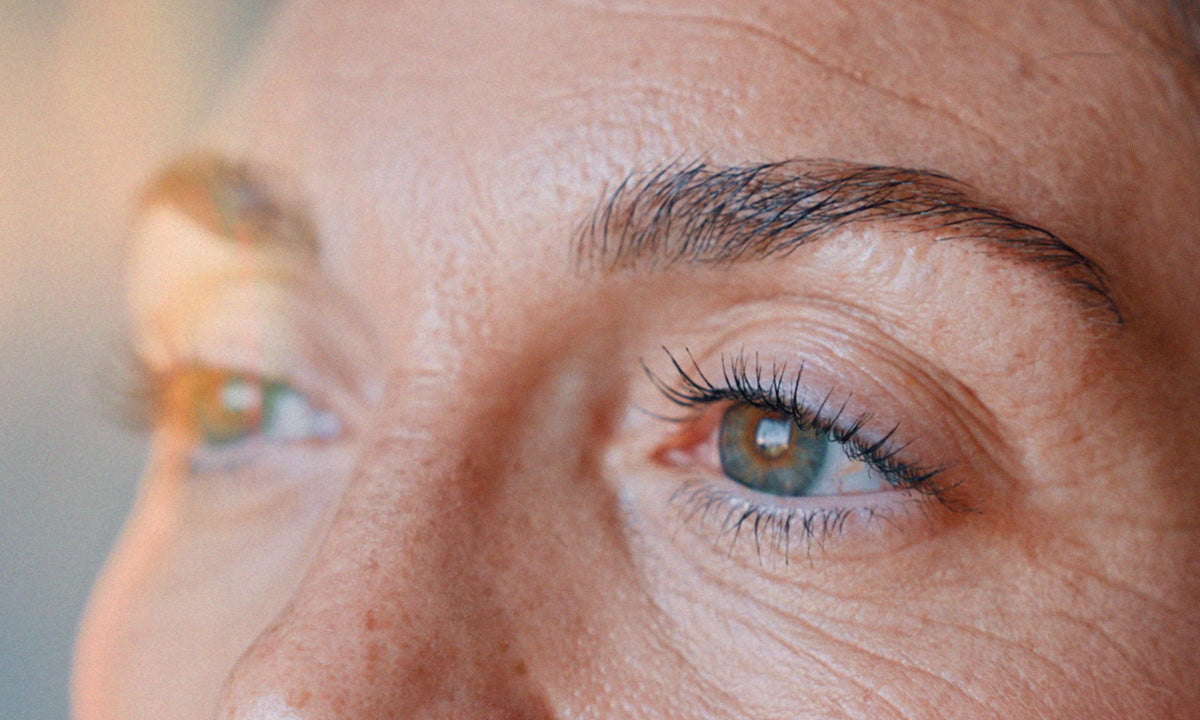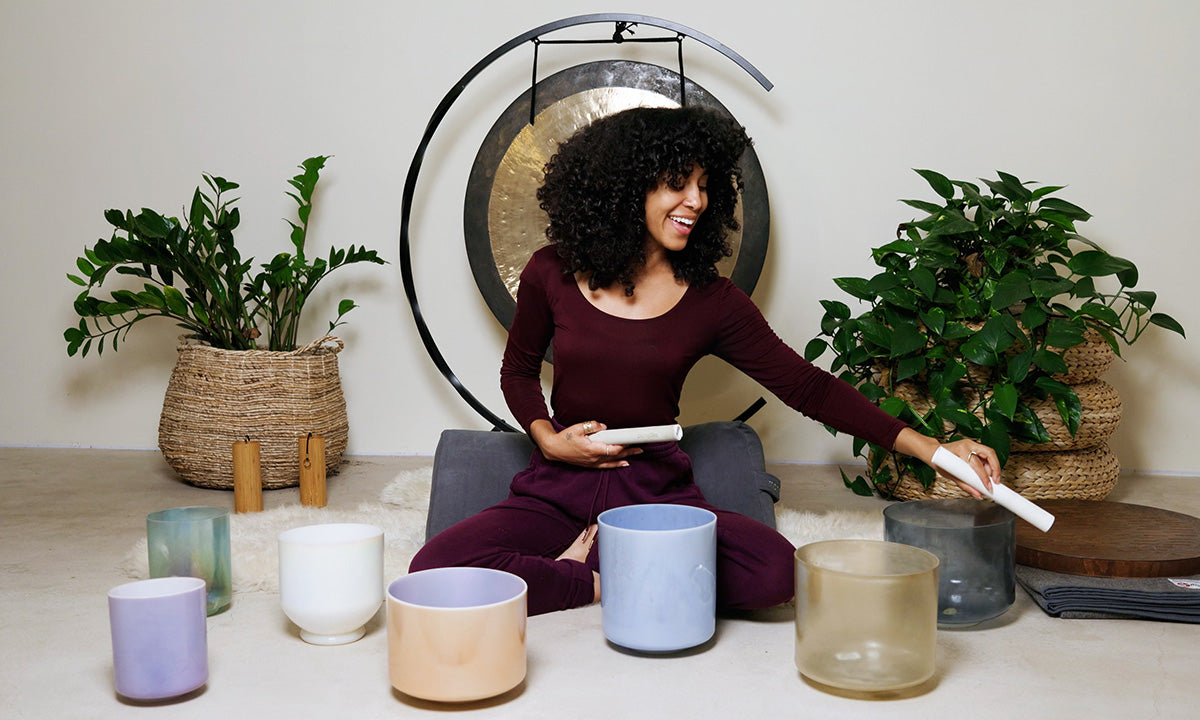Today is about educating ourselves on the origins of yoga. To delve deep into the history and meaning of this practice and take it out of the studio to see how it has changed our lives and world.
To get you started on your journey, here are a few Did You Know facts and topics from yoga teachers across Europe.
The education of a yogi never stops.
"Yoga tradition doesn't measure human life by number of years but number of breaths. The ancients yogis say that we each have 21,600 breaths per day. So it's important that we use our breath wisely both on and off the mat." Whit Hornsberger - Mindfulness, Meditation & Yoga Teacher - Spain @whit_hornsberger
"Meditation positively influences both genders. Especially women show a decrease in negative thinking, guilt, irritability and greater increase in self-compassion & mindfulness." Sara Ticha - Yoga & Meditation Teacher - Prague, Czech Republic @sarahticha
"The meaning of the word yoga - union - is also fundamental to the practice of Acro yoga dance, where we explore the union of the two mind body and spirit. Like yoga the best way to enhance unity with your partner is to slow down and synchronise breath. With patience and connection amazing things become possible." Eugene Butcher - Acro Yoga Coach & Co-Founder of Acro Yoga Dance - London, UK @acroyogacoach
“In Mysore - India - on this day (21st of June) people host something called Mala which is a moving meditation that brings together hundreds of thousands of people to practice 108 Surya Namaskar (sun salutations) to honour the sun which is the creator of all life forces.” Sita Sunar - Yoga Teacher - Amsterdam, The Netherlands @sitasunar
"When using yogic breath we are not trying to oxygenate ourselves better as our blood is already oxygenated. What we are trying to do is relearn how to tolerate carbon dioxide which allows us to absorb the oxygen into our tissue and brains better." Wibbs Coulson - Vinyasa, Yin Yoga Teacher & Movement Therapist - Ipswich, UK @wib_yoga
"The flow state of mind is a moving meditation that we can experience on the mat during our practice. In this special state of mind, all problems and negative energies just fall away, creating space for lightness, peace and happiness." Michela Maltoni - Vinyasa Flow Yoga Teacher - Rome, Italy @michela.trainer
"The word Yoga is derived from the Sanskrit root, yoke, join, or harness together. Traditionally that meant the union between individual consciousness with universal consciousness or harmony between a person and nature." Wen-Chuan Dai - Vinyasa & Rocket Yoga Teacher - London, UK @yogetoverit
"Tapas is the Sanskrit word for discipline which involves some kind of sacrifice. In Spanish this is a small portion of food or a snack eaten before the main meal, it involves enjoyment and fun. The opposite of the Sanskrit meaning. Practice with discipline & compromise but with joy and fun so that you make the most of your yoga journey." Almudena Sanchez - Ashtanga & Vinyasa Yoga Teacher - Madrid, Spain @almudena_yogalife
"Practicing yoga in silence helps to increase your physical awareness to get better results in a faster way." Aiguste Karaliunaite - Yoga Teacher - Vilnius, Lithuania @aiyogafitness

Thirsty for some more knowledge? Check out these 10 facts about your practice.
-
The central focus of yoga is not the soul and not the body - it is the mind.
-
Yoga and Ayurveda were banned by law in India under British rule and colonization.
-
There are 8 limbs of yoga acting as guidelines on how to live a meaningful and purposeful life. Asana or postures, Yama or ethical conduct, Niyama or personal practice, Pranayama or working with the breath, Pratyahara or awareness of the senses, Dharana or meditation, concentration and insight, Dhyana or being present with whatever arises and samadhi or interconnection with all that is.
-
OM is the basic sound of the universe. By chanting it, we are symbolically and physically acknowledging our connection to nature and all other living beings. The vibrations from OM mantra help in aligning chakras, calming mind and body and reduce stress.
-
Hatha yoga, the physical form of yoga, was once a practice exclusive only to men. Nowadays the practice is 60:40 ratio of women to men.
-
Iyengar introduced the use of yoga props in the 70s including wooden bricks and straps to assist his students towards correct alignment in the asanas.
-
Back in the day in Northern India, over 5000 years ago, when only men did yoga, the dhoti was the regulation wear. The dhoti required the ability to master a complex wrapping technique to arrange the fabric just so. Once it was on, it allowed great freedom of movement.
-
Savasana is one of the most important yoga pose of all time. It’s also one of the most challenging. Bringing complete stillness to mind and body is the goal of savasana, which for most people makes it both the easiest pose physically, and the most challenging pose mentally and/or emotionally.
-
Our breath is one of the most powerful things you can have. Through the use of pranayama you can eliminate waste and toxins in the body and blood, rejuvenating your organs by cleaning away damaged cells, reducing stress, anxiety, and disease.
-
The gesture Namaste represents the belief that there is a Divine spark within each of us that is located in the heart chakra. The gesture is an acknowledgment of the soul in one by the soul in another. Namaste reminds us that we are unique and in this world together; therefore, we should all respect each other.
Photo credits header: @whit_hornsberger








